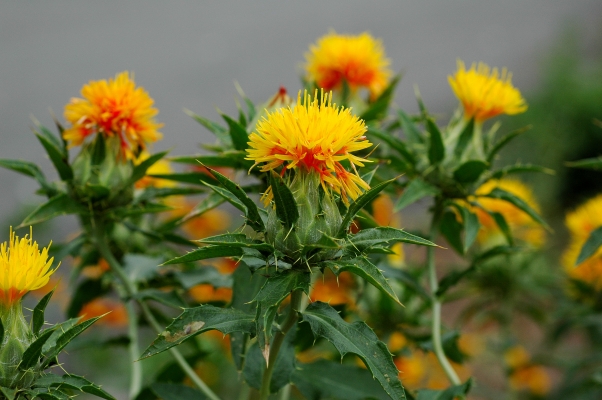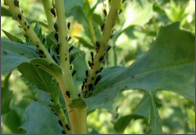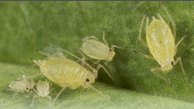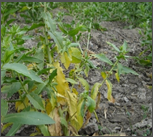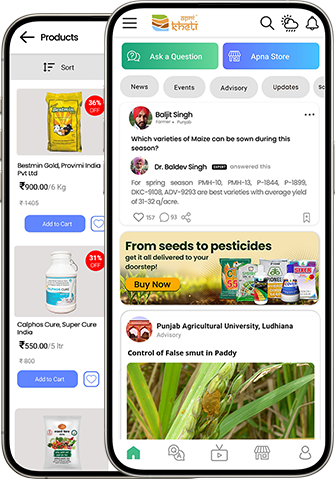AKS 207: Ready to harvest 120-135days after sowing. Developed by PDKV, Akola. Gives average yield of 5qtl per acre.
PKV PINK: Developed by PDKV, Akola.Ready to harvest in 130-135days.
NARI-H-15: It’s a hybrid formed at Phaltan (Maharashtra), released in 2005 for irrigated areas for the entire country with 28% oil. It is tolerant to aphids.
NARI-H-1: Ready to harvest in 130-135days. Gives average yield of 4.8-5.6qtl/acre.
Malvika Kusum (HUS 305): Ready to harvest in 160days. Gives oil content of 36%.
Bheema: Ready to harvest in 130-135days. Gives average yield of 5-6qtl/acre.
Phule Kusum: Ready to harvest in 130-140days. Gives average yield of 5.6-6.4qtl/acre.
Phule Chandrabhaga: Ready to harvest in 130-140days. Gives average yield of 8-8.8qtl/acre.
Phule Kusuma: Ready to harvest in 135-140days. Gives average yield of 5.6-6.4qtl/acre.
Other States Variety
K – 65: Ready to harvest in 180-190days. Gives average yield of 5.6-6qtl/acre with 30-35% oil content.
DSH-129, MKH-11, Parbhani Kusuma (PBNS-12), NARI-NH-1 (PH- 6),
J.S.F 1: Flowers are of white color with bold and white seeds. Variety having 30% oil content. Gives average yield of 600-640kg/acre.
J.S.F 7: Variety having yellow color flowers which turn into orange on maturity. Seeds are small and of white color with 32% oil content. Gives average yield of 520-560kg/acre.
J.S.F 73: Variety having yellow color flowers. Seeds are bigger than J.S.F 7 and content 31% oil. Gives average yield of 560-600kg/acre.
J.S.F 97: Variety with yellow color flower which turned into orange on drying. Variety having 30% oil content. Gives average yield of 600-640kg/acre.
J.S.F 99: Orange color variety with 29% oil content. Gives average yield of 440-480kg/acre.

